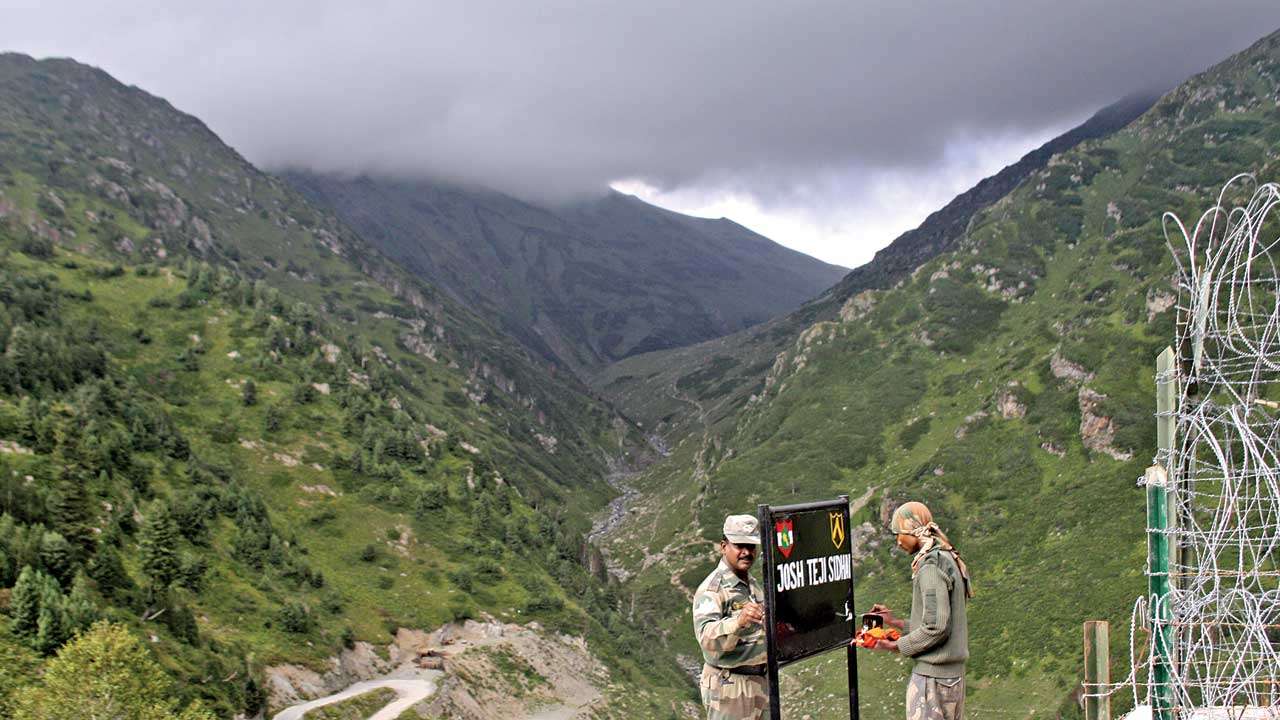
When a state is bitten not once but many times by the awkwardness of an erring neighbour, it needs to learn to be pragmatic. More importantly, it must learn to imbue its response with nuance. In recent days, a couple of developments in Pakistan and a few instances of strategic messaging emanating from that country have led to beliefs about the future of peace with Pakistan. First, a few months ago, General Qamar Bajwa had an extensively reported interaction with the media. During the course of this interaction, he spelt out a far from clear vision of how he perceived Pakistan’s security in the future, including relations with big powers and Indo-Pak relations. That the interaction came not much later than the rather stark Trump tweets about the US President’s none too laudatory perceptions on Pakistan and the games it has played, could not be lost on observers. Pakistan’s Inter-Services Public Relations wing (ISPR), masterfully spun this into a doctrine to which it attached Bajwa’s name and left it to perceptions to decide what Bajwa really meant. It helped in promoting Bajwa’s larger-than-life persona, projecting him as a rational and reasonable strategic leader. That he also controls Pakistan’s security and foreign policy is not a coincidence. In terms of strategic messaging, ISPR recently used a small event to further build the narrative. This was the instance of inviting Brigadier Sanjay Vishwasrao, India’s Defence Attaché (DA) at Islamabad, and his staff to witness Pakistan National Day parade on March 23, this year. The reporting of this ‘non-event’, in terms of projection of the translation of the Bajwa doctrine, must surely take the prize if ISPR thinks that it will create any excitement in Indian Army and Government of India circles.
It may not be out of place to mention that I meet Pakistan’s various military officials from its High Commission in Delhi in numerous think tanks seminars. In fact, so frequent is their presence, that I am always constrained to inquire about it before I commence my talk or presentation, not that it makes any difference to the content. That the extension of an invite to a national day function should be considered the onset of the execution of a doctrine projecting strategic self-confidence and potential peace must surely take the cake in naivety. I am certain Vishwasrao, who happens to be my former operations officer, does not enjoy in Islamabad the freedom his counterparts enjoy in Delhi.
In relations between India and Pakistan, the intent to resolve, improve or create better opportunities needs less subtlety and more literal projections. Leaving the adversary to interpret can go completely wrong. No better example can be quoted than Vajpayee’s momentous decision to ride the bus to Lahore in 1999. It was a transformational step which could have had all the portents of breaking the impasse. Vajpayee held back nothing in his intent and sincerity. It was a part of the character of his leadership. Manmohan Singh’s sincerity through 10 years could never be doubted but he relied on backroom parleys even though his own commitment never wavered. Prime Minister Narendra Modi actually surprised many when he decided to step into the realm of creating opportunities for peace. His initial step of inviting Nawaz Sharif for his government’s swearing-in ceremony, followed by the stopover at Lahore on Christmas Day 2015, could also be classified as transformational; although it fetched him much flak after Pathankot which followed a week later. For all his other faults, General Musharraf’s execution of the unwritten ceasefire agreement after November 26, 2003, was also done with sincerity and contributed to confidence-building in the backroom channels through 2004-08.
In as intense and rigid a relationship as that between India and Pakistan, baby steps in diplomacy or strategic overtures make little difference. Neither side wishes to go wrong with perceptions emanating from symbolic strategic messages; the risk is too high and for India the experience too painful. Thus, the Bajwa doctrine stands for little as far as Indo-Pak relations are concerned but inevitably it will be first viewed through the prism of this relationship alone. Neither has the ISPR done its homework nor has General Bajwa taken advice from some of Pakistan’s reputed former diplomats. He is attempting the creeping approach and that is not going to work. The LoC is hyperactive; if anything, a gesture of return to ceasefire would be the transformative step. Neither side will do it so that the perception of wilting under pressure does not emerge. Those canvassing against Track II forget that an issue such as ceasefire can best be discussed through that route. The problem is that Track II has political ownership too. If, for example, the recent Track II initiatives had a BJP representation, they would result in greater acceptability; consensus-based Track II will always produce better prospects for peace.
In a recent social media interview on the LoC ceasefire, I proposed that if India and Pakistan seriously desire to take the first steps towards peace, they have to take their military relationship beyond just DGMO talks. These talks are anyway now perceived to be more political than military. The two Army Chiefs could begin by meeting on the sidelines of the US Pacific Command’s annual event for Chiefs of Armed Forces of the Asia Pacific region. It would be a landmark quite beyond the classification of a baby step.
The author commanded the 15 Corps in Jammu and Kashmir. Views expressed are personal.